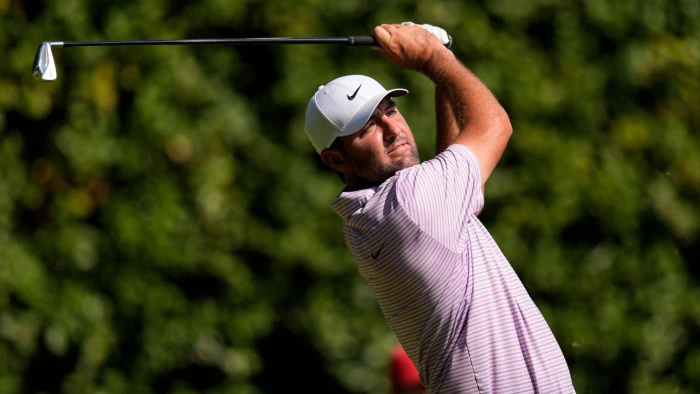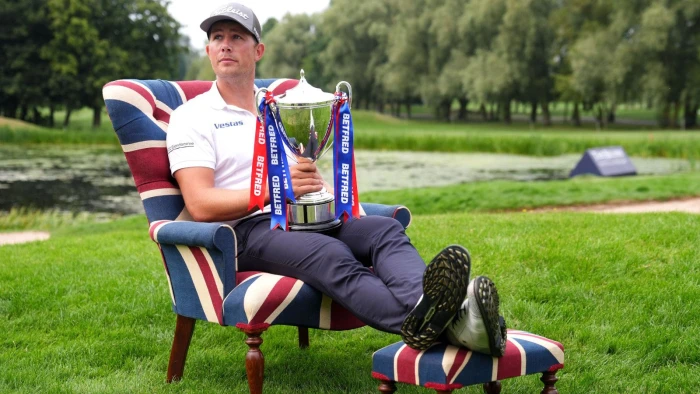The Masters 2022 and the tweaked test at 11: “It’s still hard. It was hard before. Now it’s harder.”

Masters 11th hole
We take a look at what the players have been saying about the changes to the start of Amen Corner.
White Dogwood - the name of Augusta National's 11th hole.
In golfing reality, it smells like fear. A 520-yard par-4 that begins the three-hole stretch christened 'Amen Corner' by the writer Herbert Warren Wind.
Justin Thomas maybe explained it best when he shrugged and said: "It's still hard. It was hard before. Now it's harder."
On the tee
"The tee shot is slightly less daunting, it's a more generous tee shot," explained Rory McIlroy. "You don't have that collection of trees on the right-hand side.
The new World No. 1 Scottie Scheffler countered: "That tee box is a lot wider now, but (wide right) is not really a bailout zone. It's really tough around those trees."
Welcome to Amen Corner, in full bloom. #themasters pic.twitter.com/Aqd1YT9jjO
— The Masters (@TheMasters) April 2, 2022
Approach shot
Apparently @McIlroyRory hit 4-iron into the green on the lengthened 11th hole at Augusta on Monday. pic.twitter.com/Oe54FZ6nVh
— Phil Casey (@pcaseysafc) March 30, 2022
Missing the green
An amazing look at some of the recontouring of the mounds at the 11th hole at Augusta National.
— Stephen Hennessey (@S_HennesseyGD) April 4, 2022
? JD Cuban/@GolfDigest pic.twitter.com/DX15d5CwNj

